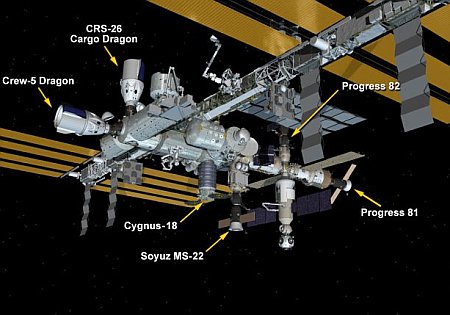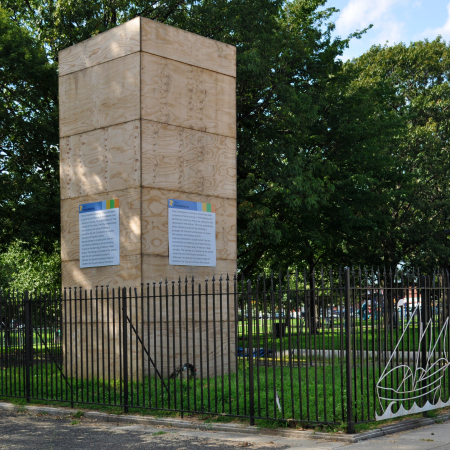Launch failure for Arianespace’s Vega-C rocket
The second launch of Arianespace’s Vega-C rocket, an upgrade from the Vega rocket that has launched previously, failed yesterday when a problem with the second stage occurred at 2 minutes 27 seconds into the flight.
Designated Vega Vehicle 22 (VV22), the rocket was the second Vega flight of the year and Arianespace’s fifth mission of 2022. VV22 was originally set to launch in November 2022, but a component in the upper composite in the payload fairing needed to be replaced. The launch failure occurred during stage 2 flight, with CEO Stephane Israel citing an “underpressure” indicated during that stage’s burn.
I have embedded video of the launch below, cued to T-30 seconds, just before launch. The rocket was carrying two Earth observation satellites built by Airbus.
The rocket itself has four stages, with the failure occurring when the second stage clearly did not maintain the rocket’s correct path. Though it appeared to be working, it was not providing enough power, so instead of continuing upward into space, the rocket fell back into the atmosphere.
» Read more
The second launch of Arianespace’s Vega-C rocket, an upgrade from the Vega rocket that has launched previously, failed yesterday when a problem with the second stage occurred at 2 minutes 27 seconds into the flight.
Designated Vega Vehicle 22 (VV22), the rocket was the second Vega flight of the year and Arianespace’s fifth mission of 2022. VV22 was originally set to launch in November 2022, but a component in the upper composite in the payload fairing needed to be replaced. The launch failure occurred during stage 2 flight, with CEO Stephane Israel citing an “underpressure” indicated during that stage’s burn.
I have embedded video of the launch below, cued to T-30 seconds, just before launch. The rocket was carrying two Earth observation satellites built by Airbus.
The rocket itself has four stages, with the failure occurring when the second stage clearly did not maintain the rocket’s correct path. Though it appeared to be working, it was not providing enough power, so instead of continuing upward into space, the rocket fell back into the atmosphere.
» Read more










